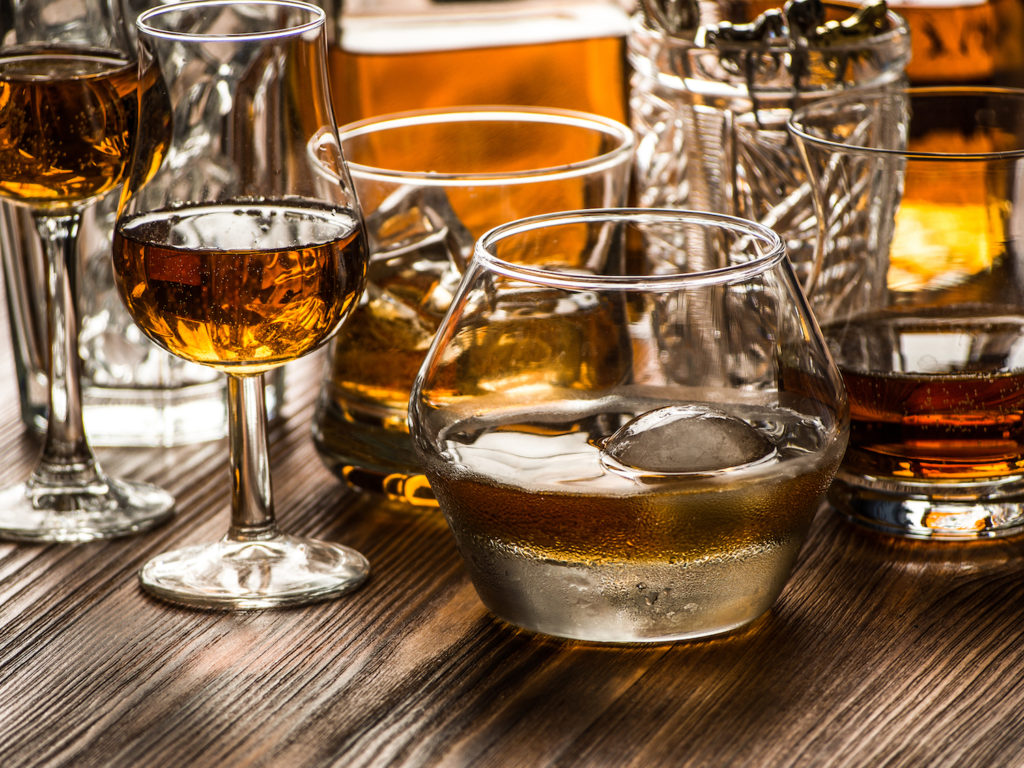
A beginner’s guide on understanding, tasting, and appreciating scotch whisky. Follow a few tips and suggestions to make your first foray into scotch the journey of a lifetime!
Whisky, scotch in particular, is one of those highly divisive drinks. People love it or hate it. They had Jack and Ginger in college and now can’t stand to look at a bottle. Or they adamantly refuse any alcohol except the finest scotch in the land. (Unfortunately for my bank account, I’m one of the latter.)
But the truth is that whisky is largely misunderstood. Especially by beginners. When you’re just starting to explore the world of whisky and scotch, it’s a vast and confusing landscape. So many questions. Whiskey vs bourbon? Why is scotch more expensive? Is peat a flavor? And what is with that pesky extra “e”?!
I promise, it’s not as confusing as it seems. Once you get a few basics down and find a few bottles you love, you’ll find it much easier to venture into the world of scotch.
Confused about wine as well? Check out this beginner’s guide to finding wine you’ll actually like!
Here’s a list of the best scotches for summer to start your tasting journey!
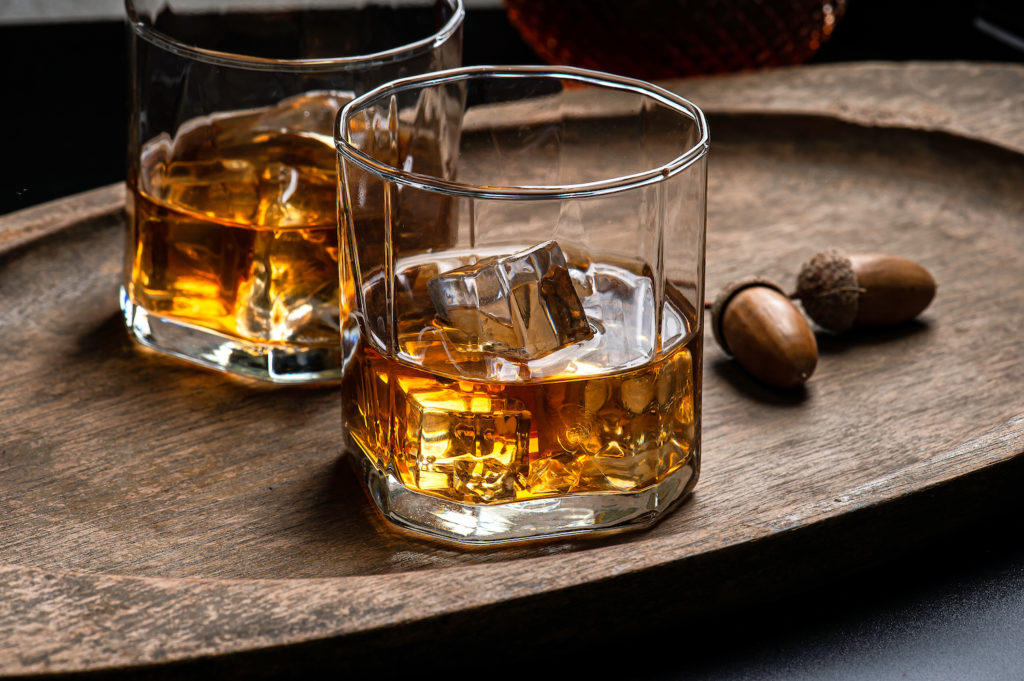
First, a story of what not to do.
A few years ago I lived with one of my very best friends in the world. I love her to death, for numerous reasons. Not the least of which is her curiosity and determination to try new things.
She is an avid consumer of white alcohol. White wine, white rum, vodka, tequila…anything that has no color is her jam.
One day at the dinner table she announced “I’m going to start liking whisky.” And a few days later she came home from work, again while I was eating dinner, and announced, “See! I told you I’d start drinking whisky!”
She triumphantly placed the tall, slender bottle on the table. “Spiced Golden Rum.”
I looked at the bottle. Looked at her. Back at the bottle. Back to her. And tried, very gently, to explain that she had purchased herself a bottle of very-much-NOT-whisky.
“I know! But it’s brown! So I figured that’s a step closer, right?”
Wrong. Don’t do this. Whisky is whisky for a reason. Rum, and other dark liquors, are what they are. They are made with entirely different grains, different processes, and are often aged in different styles. They taste different. Drinking one won’t make you like the flavors of another.
So before you spend money and do something like this, let’s define what whisky is and what makes it separate.
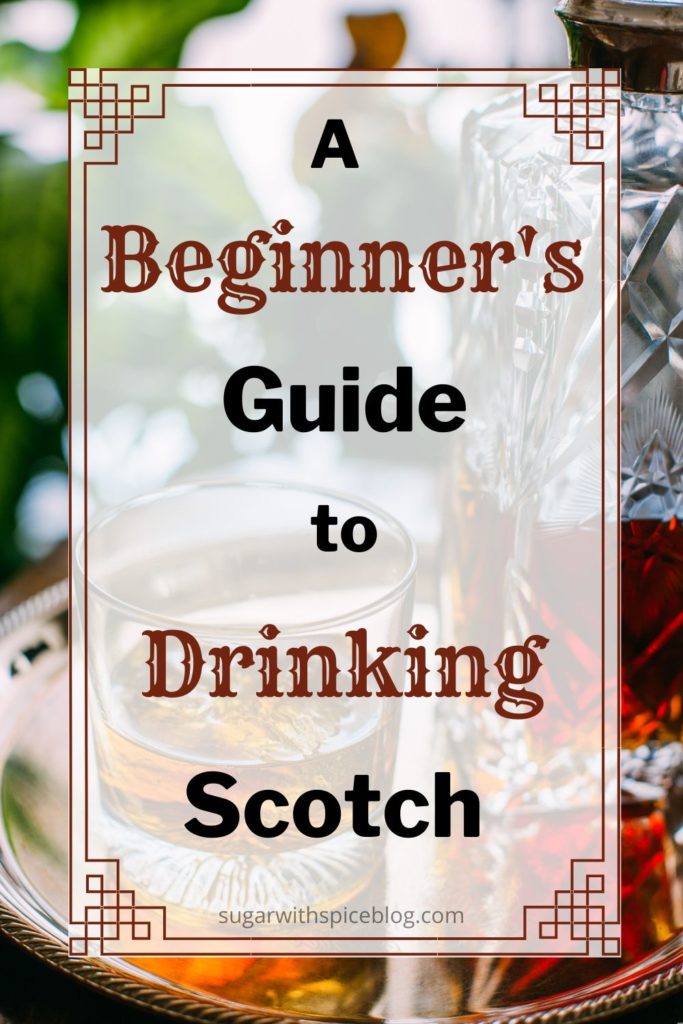
What is Whisky?
The technical definition: a distilled liquor made from fermented grains. These grains generally include barley, rye, wheat, or corn. New whisky is a white alcohol, clear in color. Most whisky is then aged in wooden barrels, which is where it develops its brown color and richer flavors
But we’re specifically discussing scotch, so let’s delve a little deeper.
What is Scotch Whisky?
The basic definition: Scotch is barley whisky made in Scotland. Of course it’s a little more complicated. There are laws and rules pertaining to every part of scotch production. Scotch is actually one of the most tightly regulated spirits in the world. Which is part of why it is so revered and so expensive. You’re paying for consistent quality and you know exactly what you’re getting in each bottle.
While we could write a whole article on the various laws and regulations, below are the key ones you need to remember when you’re just starting out.
- Scotch must be produced, stored, and bottled in Scotland
- Scotch must be made from only malted barley
- Scotch must be aged for a minimum of 3 years in oak barrels
How is Scotch Made?
The regulations above mean the basic process of scotch production is the same across all distilleries in Scotland. Each distillery adds their own twist, for example in the type of fuel used to dry the malt, the type of water used in the mash, or the type of barrels used in aging. But the basic process remains the same.
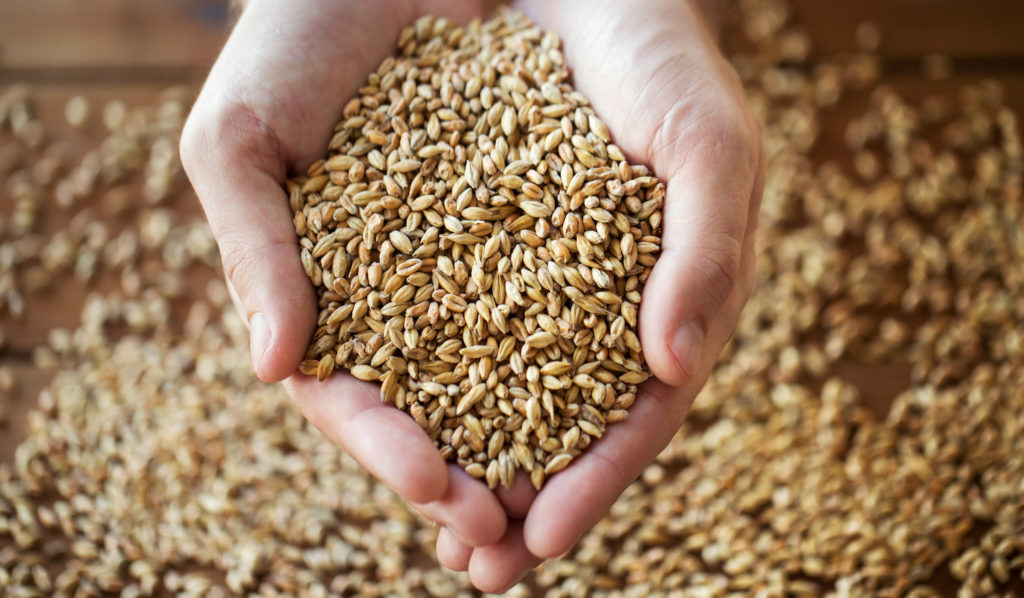
Malting and Mashing
First, the harvested barley is “malted,” or allowed to germinate and sprout. Heat stops the sprouting early (Usually from a warm fire beneath the dried grains slowly toasting the grains.) Adding warm water to malted barley creates mash. As natural enzymes in barley breakdown the sugars the mash converts to wort.
Fermenting and Distilling
Wort flows to a fermentation tank and combined with yeast to begin fermentation and alcohol production. (Converting sugars to alcohol is called fermentation.) Once it has reached around 8% ABV it is called “wash” and is transferred to stills for distillation. All scotch is distilled twice.
The first distillation removes impurities in copper pot stills. The second distillation in a ‘spirit’ still removes any more water or chemicals and create pure, high ABV whisky.
Aging
The final clear distillate is then transferred to oak casks for aging, a minimum of 3 years. The type of cask will vary based on the master distiller’s intention with the whisky.
The Styles of Scotch:
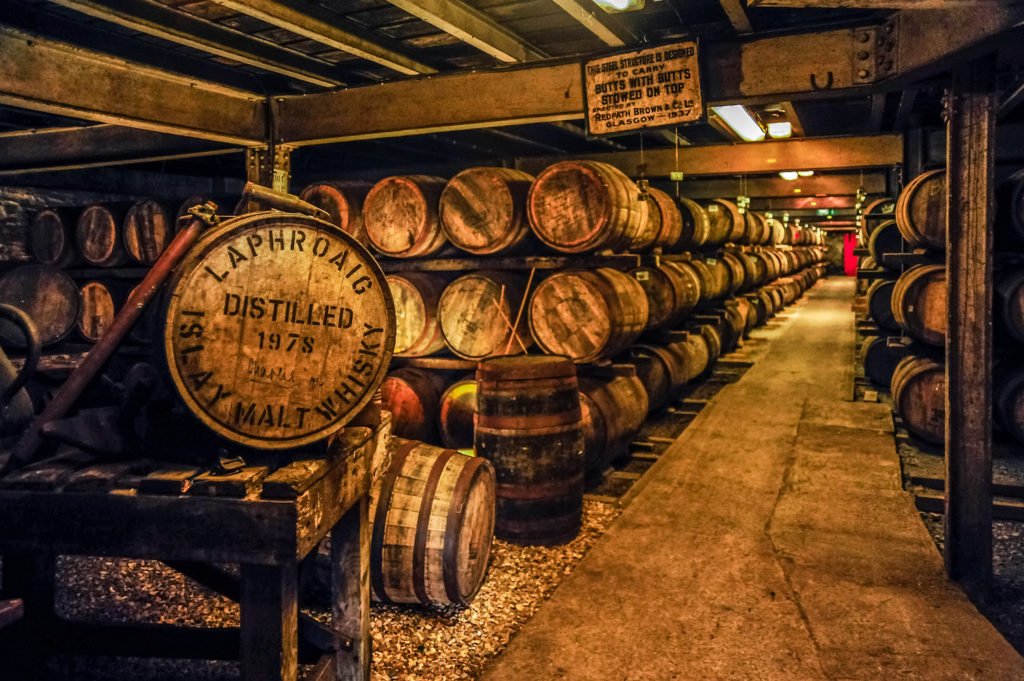
A beginner’s guide to scotch isn’t much good without discussing the taste of scotch. Of course, scotch has such wide variety in flavor and style we don’t have an easy answer.
The most common method for deciding which scotch style or flavor is most to your taste is to look at location. Like wines absorb terroir of a region, certain scotches from certain regions have similar characteristics.
This means if you want a particular flavor, your best bet is to find a location that matches your flavor profile and sample scotches from that area!
- The Highlands – the largest region with huge variety in styles
- The Lowlands – mellow, citrusy, and feminine
- The Islands – heather and peat with honey and smoke
- Islay – heavily peated, smoky, meaty scotches
- Campbelltown – highly distinctive wet wool notes with salt brine and smoked toffee
- Speyside – light with sweet notes, floral and citrusy with notes of honey
A Few Tips on How to Drink Scotch Whisky
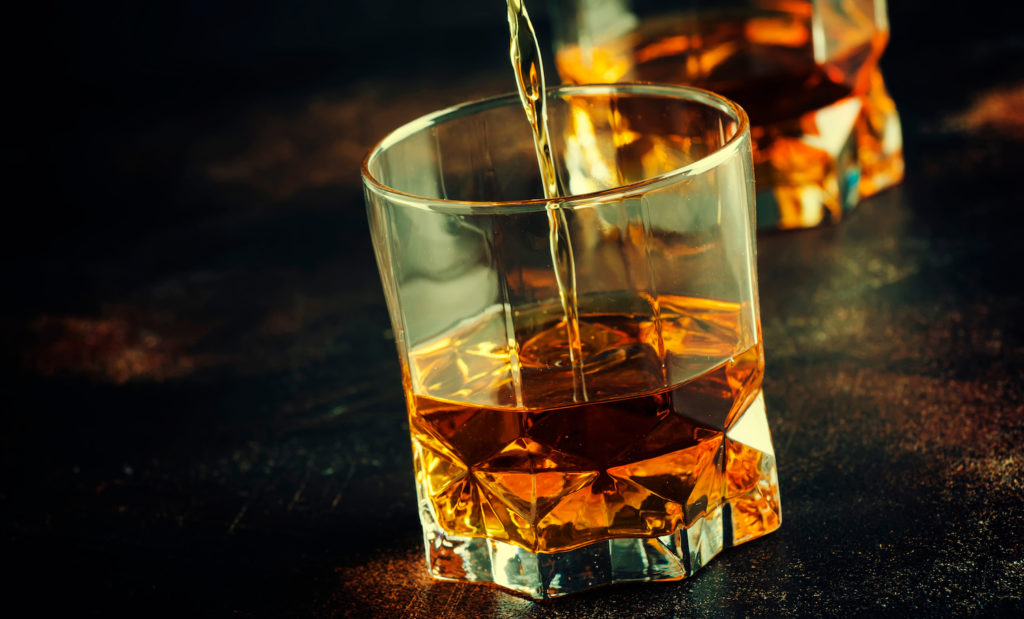
- Be honest with yourself. We all have different tastes. Accept yours. Sitting there, forcing yourself to pound down 3 glasses of whisky isn’t going to make you like it any better. Whisky isn’t for everyone and that’s fine. The point is to enjoy your drink for its own sake, not to prove something.
- Don’t be afraid to try new things, or retry flavors you’ve tried before. If you know you typically like fruitier alcohols, don’t be afraid to taste some of the spicier or smokier scotches. Our taste buds change with age, so a scotch you may have disliked in the past can grow on you. Especially with a little water or ice.
- If you like something, say so. And if you don’t, say that too. Don’t fake appreciation. You need to be especially honest if someone is helping you taste and pick out a scotch. (And if your goal actually is to find one you like and not just people-please.) I promise your friend or bartender won’t be offended if you don’t like their favorite scotch. See point 1 above.
- Try a glass at a tasting or a bar before buying a bottle. As a whisky lover I can attest…the stuff is expensive! Before you you to drop 80$ on something you’ve never tried, try it somewhere else for cheaper. Unlike wine, you’ll probably be able to find a bar nearby that serves glasses of common scotches. So don’t guess.
- Don’t forget to sniff. Our mouths and noses are connected. And half the flavor of what we put into our mouths actually comes from the smell. (That’s not a real statistic.)
- Learn to taste scotch correctly. (See below.) This is a huge one. Most people I know struggle with scotch because they take a dainty little sip, get a mouthful of alcohol and oak, and can’t stomach the rest. (Sort of the way girls sip beer.)
- Try is with some water. Going along with the point just above, water is a huge part of tasting scotch. Water dilutes some of the alcohol so you can appreciate the more subtle flavors. Chemically, compounds in the alcohol react with water droplets to create and expose entirely new flavors and smells too!
- Try it with a little ice…note a little, not a giant cup of ice. Add just a cube or two. Don’t add too much or you’ll dilute it. The American style of heaping cups of ice with a bit of scotch is just silly. You didn’t order a snowcone, did you?
How to Taste Scotch?
Don’t start tasting until your third sip.
Instead, take a full sip of the scotch and swirl it around your mouth. Yes, it’ll sting a bit. But this swirling action acclimate your mouth to the alcohol and flavors. Swallow your first swirl and take a second sip.
This time, hold it under your tongue for a couple seconds. Then swirl and swallow. Now, sip number 3, is where the fun begins! Your mouth will be more accustomed to the alcohol, so you’ll be able to pick out flavors more easily.
Now add some water!
Add a couple drops of water. (Use a dropper or even your finger dipped in cold water.
Swirl the glass, let it sit for a minute, then sniff and taste again. You’ll notice a huge difference. For many people water brings out more appealing notes.
If you prefer your watered scotch, add one or two ice cubes will add water and cool your dram.
Diluting and cooling the alcohol brings out the subtle flavors you might miss otherwise. Most beginner drinkers prefer scotch on the rocks to scotch neat.
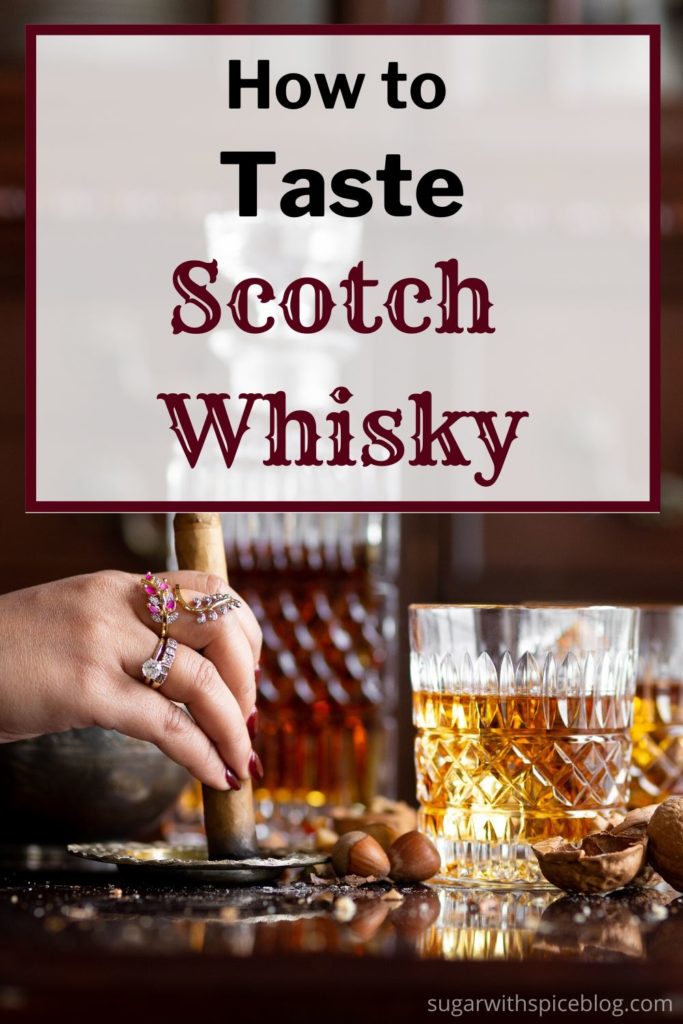
Scotch Terms for Beginners:
- Single Malt – Scotch produced and aged at only one distillery. Think of it as a special expression of that particular distillery.
- X Year Old Single Malt – a common misconception is that single malt means the scotch comes from a single barrel. In fact, all single malt scotch is blended! Distillers do this to create a consistent flavor from year to year. (If you buy a 12 year Macallan today, it should taste the same as a 12 year Macallan you bought two years ago. So you can always be sure you’re buying one you love.) The year labeled on the bottle is the youngest whisky included. In a 12 year Macallan, the youngest whisky was aged 12 years in oak, but there may be 16 or 20 year old whisky in there as well! The key is, all the whisky included in one bottle comes from the same distillery.
- Blended – Scotch made from a blend of whiskies from different distilleries. They are usually created by separate blending companies who pick specific flavor profiles they want to highlight and select whiskies to blend together that have those traits. These scotches will come from all over Scotland and at least 2 separate distilleries.
- % ABV – Alcohol By Volume. The percentage of alcohol in your bottle. (The percentage of ethanol in 100mL of the liquid.) Most scotches are around 43% to 46%, but you can find higher.
- Peated – Peated refers to the presence of peat in the scotch. Peat is a compound of decaying plant matter found in the Scottish bogs. With no wood around, famers cut out, dry, and use peat as fuel. “Peated scotches” usually mean the malted barley was dried over peat fuel. They will have a smoky, earthy, distinctive flavor.
- On the Rocks – Scotch served over ice
- Neat – Scotch served alone in a glass, room temperature.
Best Scotch Whisky for Beginners?
And here is what you all came for: deciding which scotch should you try first. As you’ve probably figured out by now, it all depends on what flavors you like.
If you’re a big fan of crisp, fruity white wines like Riesling, you’ll probably prefer lighter scotch to start with. But if you like rums and bourbons, you’ll prefer a richer, sweeter, spicier scotch.
The one thing I do recommend is staying away from peat. Peated scotches have a very unique and distinctive flavor that can be hard for beginners to appreciate. They are definitely worth trying, but start with something a little lighter first!
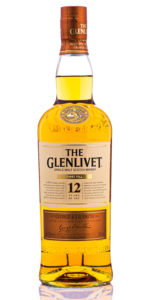
1. The Glenlivet 12 (or Glenfiddich 12)
Most people who drink single malt scotch started with a sip of Glenlivet or Glenfiddich. These two are Speyside whiskies, so they are naturally a little lighter and smoother. But both are still incredibly complex and a great gateway into elegant scotch. Which you pick depends on your tastes.
The Glenlivet is full of apple and orchard notes with very strong mandarin orange and vanilla flavors.
The Glenfiddich is a bit creamier with strong pear notes.
2. Balvenie 12 Year Doublewood
Overall a very smooth combination of berries and chocolate, but Balvenie does have a bit of a sherry spice with some cinnamon and black pepper. But the first maturation is in bourbon casks, which means softer vanilla and honey will temper that heat.
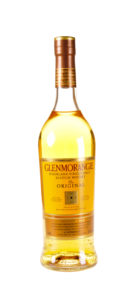
3. Glenmorangie 10
Another one of the classics, Glenmorangie is a Highland single malt. You’ll get some lemony tart notes with heavy stonefruits like apricots and peaches! Glenmorangie reminds me of a cream soda every time I drink it.
4. The Macallan 12 Double Oak
Macallan is one of the most well-known and highly regarded brands. They spend extra time on maturation and perfecting those flavors, often aging in ex sherry casks. So their drams have a spicy flavor. I wouldn’t recommend it as your very first sip, but it should be required drinking for beginner scotch lovers. Try it after a few of the others, but do try it!
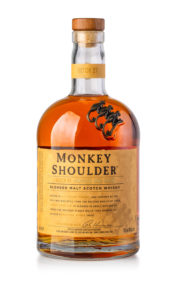
5. Monkey Shoulder – Blended
Many name-brand blends get a bad rap. But good blends are actually wonderful examples of craftsmanship. (And they tend to be cheaper!) They’re perfect for dipping your toe into scotch without spending an arm and a leg on a single malt.
Monkey Shoulder is a blend of light, fruity Speyside scotches. But the combination is surprisingly complex. Everything from berries to barley to apricots to peppermint to butterscotch.
6. Ballentine’s – Blended
Another blend that’s perfect for a beginner. This dram is so unbelievably smooth you can sip it almost without noticing it’s whisky. If the alcohol is still a bit too high for you, add an ice cube or some water and you’ll think it’s a virgin drink!
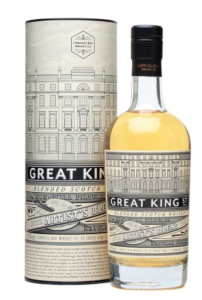
7. Compass Box Great King Street
Compass Box is one of the rare companies really striving to make blended scotch worthy of your time. And they’re succeeding! King Street is grain heavy, so it will be slightly more approachable than most barley-only scotches. You’ll get a nice, smooth blend of vanilla, pear, and peach with just hints of white pepper for a taste of heat.
8. Risk Takers: Highland Park 12
For those really interested in a taste of that famed “peat”…try a Highland Park 12. This dram is from the Island region, not Islay, so the peat will be much softer. You’ll get a hint of smoke, to see what it’s all about. But mostly notes of sea salt brine, honey, heather, and spiced fruit.
As for my friend, she did learn to appreciate whisky. She came over recently and tried one of the strongest, peatiest scotches I have and absolutely loved it.
There is hope for us all!
Looking for gift ideas? Here are the Top 5 Scotches for Winter!
And don’t forget to try these dessert pairings once you’ve found your favorite scotch!
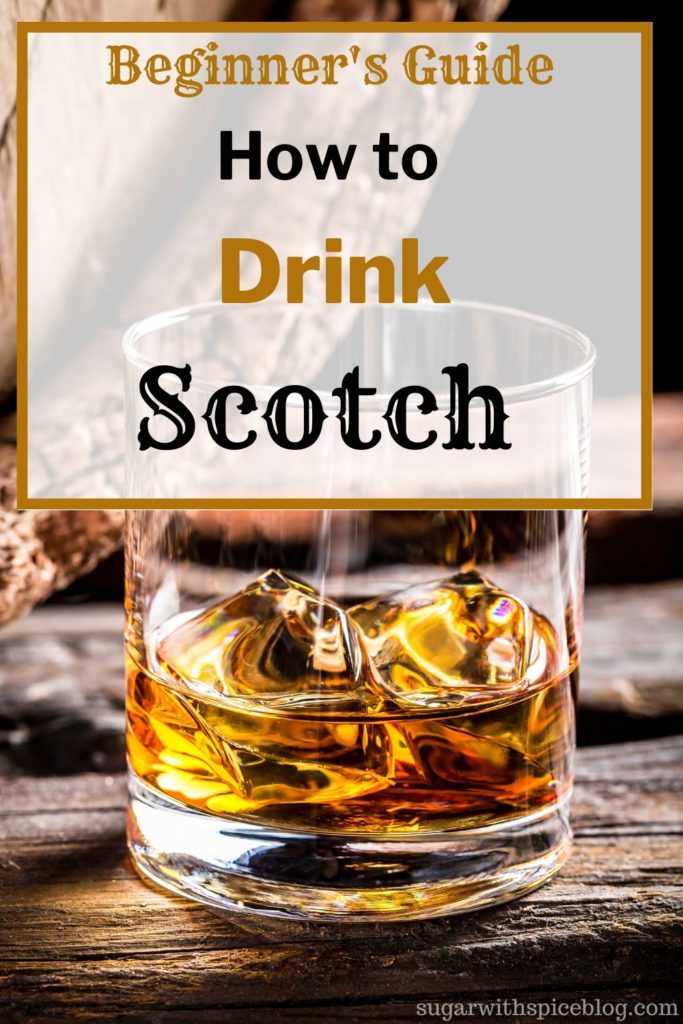


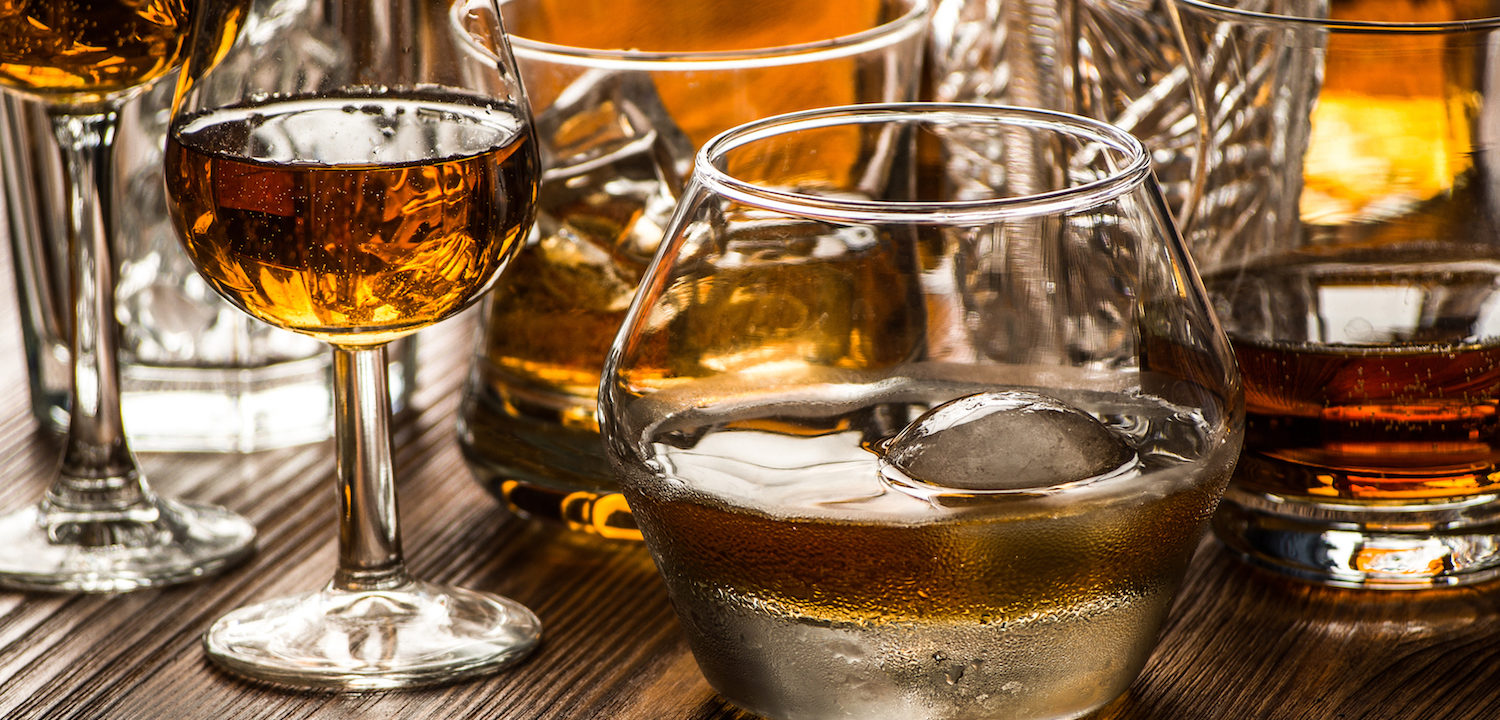
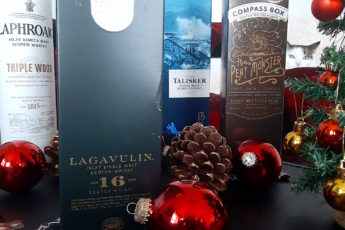
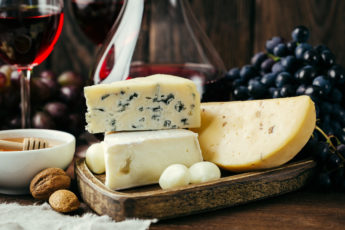
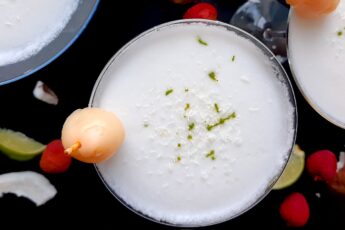





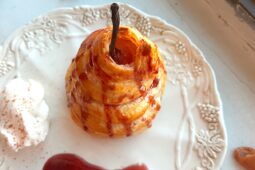
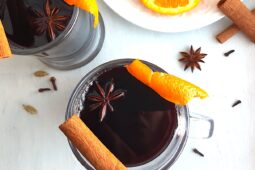
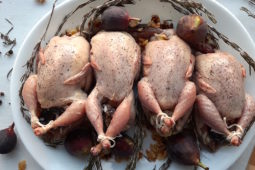
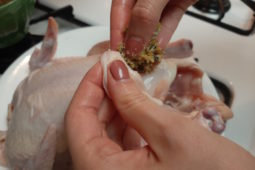

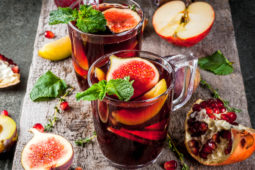
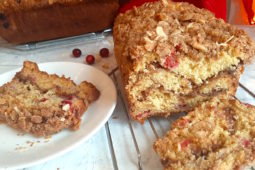
Great content! Super high-quality! Keep it up! 🙂
Thank you! =) Keep coming back to check us out!
What a great guide.I like Laphroaig but you have inspired me to venture off the Isle of Islay.
Thanks
As you have said, scotch is very complex, so are those who enjoy it. I find that people tend to enjoy certain scotchs over others based more then just what they like in flavors, but also what they like to do for fun.
For instance, I much prefer a 16 year old Lavaluguan over other scotchs, as remind me of my favorite hobbies.
What I am trying to say, is while flavor is important to scotch, its also important to find a scotch that has a character that reflects the person drinking it.
Brands like Glenlivet, (the 18 year is my favorite), are more like Jack Daniels in the sense they are the most recognizable brands and tend be a more subdued taste for the masses. While their is absolutely nothing wrong with those brands, I do no not think they should be called a starter whiskey, but more as a baseline whiskey.
Usually when I am sharing a glass with friends who have never tried scotch before, I’ll start them off with a dram or two of a good 12 year like Glenfiddich, Glenlivet and ask them what they taste the most.
From there, I select a bottle of scotch that accents they flavors they picked up on and make sure the flavor also picks up on things that have a taste and smell of things that reminds them of their favorite things.
With this method, I have found the perfect bottle for almost all my friends.
For example, I grew up sailing and spending a lot of time at the beach, that is why Lavaluguan became one of my favorites. It has the sweet salty flavor of the sea, the smokeyness of a campfire and subtle harshness that reminds me of the feeling you get after a long day of sailing.
While most of my friends do not like lavaluguan, the ones who do also share the same love and passion I have for the sea.
A good scotch is more a reflection of yourself more than anything else
Amazing post!!